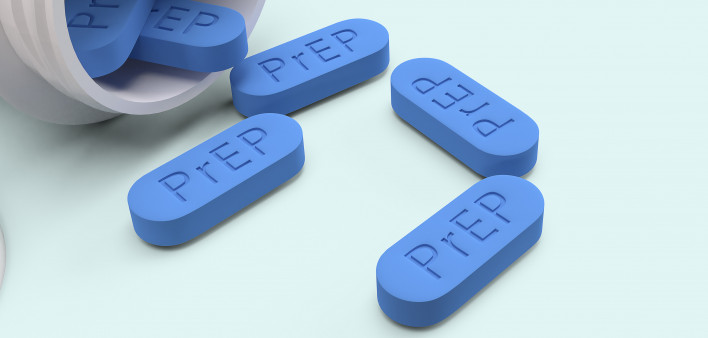Public health workers in the South were 75% less likely than those in the Northeast to refer Black people in relationships with people with HIV for pre-exposure prophylaxis (PrEP), according to data presented at the Conference on Retroviruses and Opportunistic Infections.
The results, presented by Shubha Rao, MPH, of the Centers for Disease Control and Prevention (CDC), add to the growing evidence of stark racial and geographic disparities in access to HIV care and prevention services.
The findings are based on data from 20 of the 60 health departments that receive funding from the CDC to provide partner services, including contact tracing, HIV testing and linkage to HIV care if people are positive or connection to HIV prevention services if they’re negative. These were the departments where PrEP data were available for at least 70% of partners. The others weren’t prescribing enough PrEP to be included.
The researchers found that when partner services workers first made contact, just 52 of the 710 Black partners were already using PrEP for an overall rate of 7.3%. People between ages 13 and 29 received the most prescriptions, at 10.4%, while people 50 or older had the lowest rate, at 3.6%.
Men were slightly more likely to be taking PrEP than women (7.3% versus 6.3%), and people in the Northeast (9.8%) were most likely to be on PrEP. People in the South had a PrEP usage rate of about 5.8%, and those in the West had a 3.9% rate.
But when the researchers looked at whether public health workers then referred people for PrEP, they found that only 41.3% of all Black partners received such a referral. Perhaps to compensate for their low rates of existing PrEP prescriptions, health workers gave PrEP referrals to 44.1% of people 50 or older and 45.8% of people 30 to 49. Despite young people having among the highest increased risk for HIV, people ages 13 to 29 received the fewest referrals, at 36.3%.
Black partners in the Midwest were most likely to receive a referral, at 70.4%. But when the researchers looked at referrals by region, the disparity was stark. Just 14.6% of Black partners of people living with HIV received a referral for PrEP.
These are epidemiological data, so they don’t delve in to why there were fewer referrals in the South. But the data confirm findings from another CDC PrEP project, which was designed to increase PrEP referral and use among Black, Latino, Native American and transgender Americans but instead showed that most referrals went to white and heterosexual adults.
Whatever the reason, the results indicate that health departments have more work to do.
“This data constitutes a missed opportunity for preventing further transmission of HIV among high-risk populations,” Rao said in her presentation. “Partner services programs need to identify and remove barriers to provision of PrEP services among Blacks. Close collaboration of partner services program with community based PrEP and health service providers may improve availability and equitable access to services.”
Click here to read the CROI abstract.
Click her for more news about PrEP.







Comments
Comments